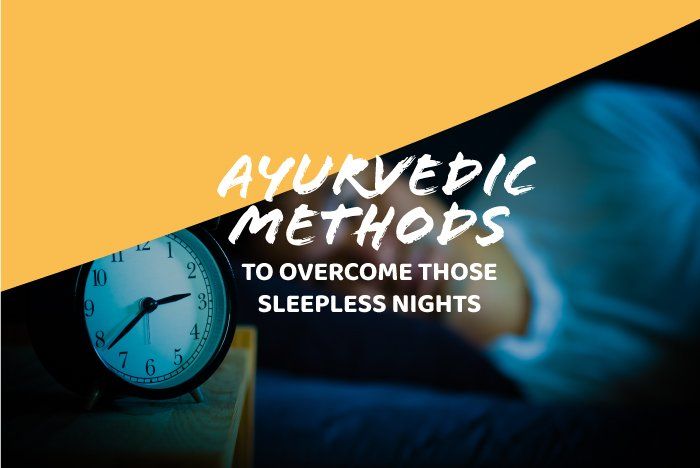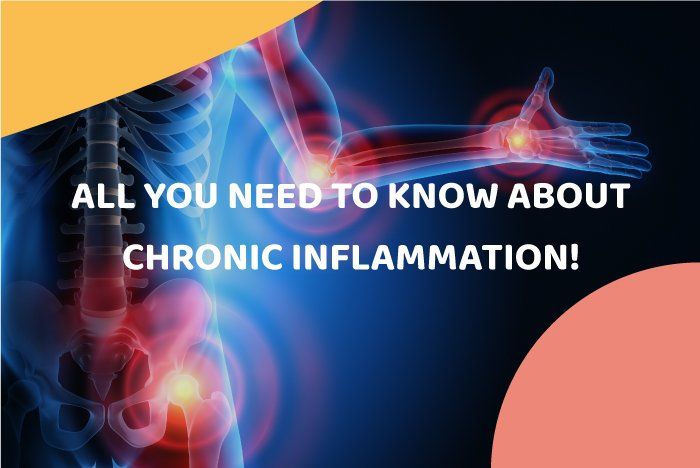Blog Layout
The 101 on Intermittent Fasting
Jul 05, 2020
The 101 on Intermittent Fasting
Let’s get it out of the way: intermittent fasting is not a diet, it’s an eating pattern.
When intermittent fasting, you time your meals so that your body cycles between eating and fasting windows. And while it’s widely popular nowadays as a weight-loss method, intermittent fasting has actually been around for a long time.
But before you learn more about how to bring intermittent fasting into your daily life, please note that if you are under medication, are underage, pregnant or breastfeeding, or if you are or have been suffering from eating disorders, you may want to avoid intermittent fasting.
Now about the basics of intermittent fasting. First of all, it’s all about self-control. Fasting does not mean starvation. A key difference is that when you intermittent fast, you are in control of your food consumption. Food is available to you, and you choose when you will eat it or not. You decide when to enter your fast and when to end it, for any or no reason.
You might be interested in intermittent fasting to lose some weight. It’s an easy process; we are either consuming or burning energy. The key to understanding intermittent fasting is to recognize the role of insulin in weight gain.
Every time carbohydrates and sugars enter our digestive system, a hormone called Insulin rises. This hormone is responsible for the stocking of excess fat into the body for later use. Therefore, the goal of creating a fasting window is to allow your body to burn some of that extra fat.
Indeed, if you eat non-stop throughout the day, you are spending your time consuming energy, thus storing fat. When you enter your fasting cycle, your blood glucose and insulin levels drop, which prompts your body to start reaching for the glucose and fat stored away as there is no more being consumed.
Moreover, intermittent fasting has also been linked to an increase in energy, better focus, longevity, inflammation and cholesterol control. It’s also much more convenient, cheaper and simpler than going on an elaborate or expensive diet.
But how exactly to fast?
No rules are set in stone. There is a flexibility to be found in intermittent fasting, as it’s all about listening to your body and observing your personal relationship with food.
Maybe decide first on which type of fasting you feel more comfortable with. Some people go on dry fasts which means that they don’t consume food nor any type of liquid during their fasts, not even water. Other people will drink water, and others will also allow themselves cups of unsweetened tea or black coffee. Bone broth is also sometimes consumed during fasts, but usually on extended ones. The one rule is to not consume calories.
If you also need some guidance to decide on your time windows, here are some popular fasting cycles:
Daily fasts, for example:
- 16:8
16 hours of fasting for 8 hours of eating.
- 20:4
20 hours of fasting for 4 hours of eating.
- 22:4
22 hours of fasting for 4 hours of eating.
Longer fasts, for example:
- One meal a day (OMAD):
24-hour periods of fasting with one meal a day, two or three times a week.
- 5:2
5 days of regular eating with 2 days of fasting during which you eat 500 calories.
This cycle is not technically a fasting cycle as you don’t stop eating, but the calories restrictions means you can’t eat constantly or in huge quantities, which brings it close to a fast.
- Alternating fasting days, such as a 36-hour fast;
- Extended, multi-days fasts. But never without discussing it with a health professional first!
Additional information to know about intermittent fasting:
You can exercise while fasting, but if you’re competing in an athletic sport you may want to eat before performing. If you’re just starting your fasting journey and aren’t sure about dry fasts, you may want to get into water fasts firsts. If you do, drink a lot, especially mineral water, which will help with the initial hunger and potential headaches!

25 Mar, 2021
Have you ever just lied in bed, thinking you were ready to fall asleep on the spot, but end up wide awake staring at the ceiling? Or went to bed at 10 p.m. but didn’t manage to actually fall asleep until 3 a.m.? Us (and 30-45% of the adult population worldwide) too!
The worst part is that you don’t voluntarily do that; it just happens. It’s like your own brain doesn’t want you to fall asleep. And out of frustration, you start searching everywhere for a solution that will help you get a good night’s sleep. It works out sometimes, but other times, its effects only last for about a week. But, do not despair, we may have found the perfect solution: Ayurveda.

18 Mar, 2021
We’ve all gotten a cut somewhere on our body before, and we’ve all noticed the red swelling that occurs around that cut area, which naturally fades away after it’s healed.
If you’ve ever noticed that, then congrats! You’re the witness of a marvelous immune response called inflammation; our bodies’ natural fight response to any foreign agent trying to harm them!

11 Mar, 2021
Nothing gets us through the long work days like a deliciously warm cup of coffee. But no matter how much we like it, coffee comes with some disadvantages. While it’s the second-most consumed beverage around the world, some people just can’t drink it, don’t like it, or are looking for an alternative that comes without the afternoon jittering!
So, we’ve decided to compile three easy alternatives that will help support your energy levels and offer you even more benefits than coffee!

